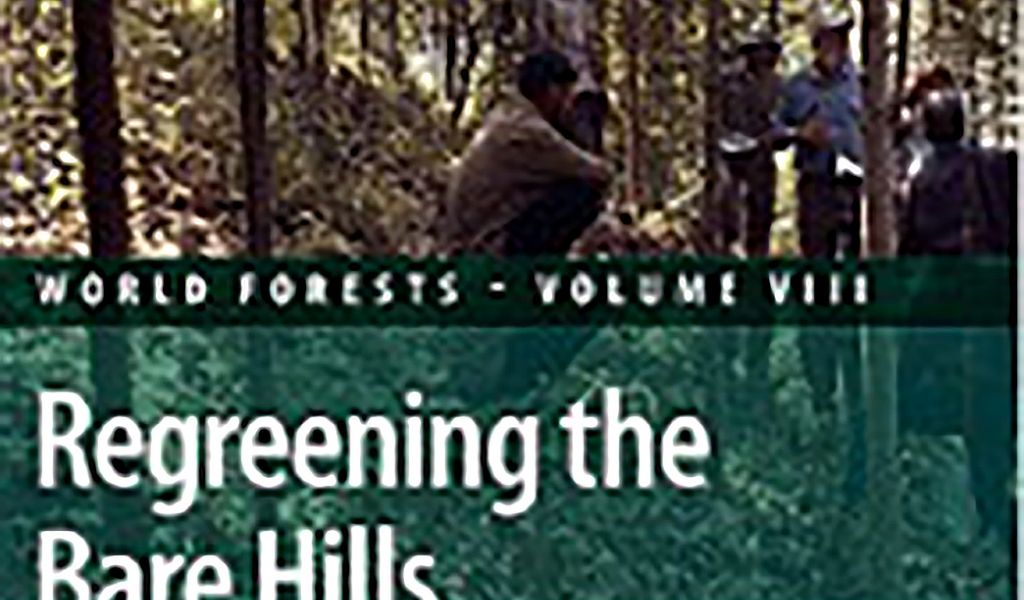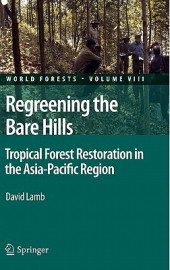Book Review: Regreening the Bare Hills: Tropical Forest Restoration in the Asia-Pacific Region by David Lamb


Many organizations around the world have highlighted the plight of tropical forests during the past several decades. Efforts to improve the situation have generally revolved around introducing sustainable management of production forests and the protection of forest biodiversity through the establishment of networks of protected areas. In spite of these efforts tropical forests have continued to be degraded through a wide range of influences, including unsustainable commercial timber harvesting practices, clearing for agricultural and pastoral activities, and shifting cultivation.
“Large areas of the world’s tropical forests have been cleared in the last 100 years. Much of this forestland has been transformed into agricultural land. However, many areas have not and are now marginal for agriculture or have been largely abandoned. The areas involved are huge. One estimate suggests there are 350 million hectares of former tropical forestlands around the world that were once cleared but are now degraded in some way.” These are the opening sentences of Lamb's book, which is devoted to analyzing forest degradation and discussing various approaches to restore the productivity of this vast area of low productive land.
David Lamb has spent much of his life researching, teaching and writing about forest restoration, and this book is a distillation of the accumulated wisdom of these efforts. It provides a rare balance of social and institutional issues along with the more typical biophysical aspects of forest restoration. The author paints a picture of the contemporary landscapes in many Asia-Pacific countries as consisting of a mosaic of various types of degraded forests mixed with a still expanding agricultural frontier.
The book is written in four sections. Chapters 1-3 outline the scale of the problem and the factors that have led to deforestation and forest degradation, and emphasises the importance of linking restoration with the livelihood of rural people. Chapters 4-8 discuss the major ways in which restoration can be achieved. Chapters 9-10 consider the practical realities associated with achieving restoration and Chapters 11-12 consider the problems of scaling up restoration efforts so that impacts can be achieved across the landscape.
The book makes considerable use of case studies from across the Asia-Pacific region, lending it credibility in being clearly based on a sound understanding of field realities. While the theoretical underpinnings of forest restoration are clearly and succinctly outlined, these always lead to practical approaches to achieve restoration in a variety of social and biophysical settings. Throughout the book there is a constant theme of considering the pluses and minuses of different restoration options (natural regeneration, monocultures, mixed species plantings and ecological restoration) in terms of the provision of a range of goods and services. Considerable emphasis is also given to the role of small farmers, so many of whom depend, at least partially, on forests for livelihood support.
This book is a critical contribution at a time when the global community is grappling with decisions about how to provide essential goods and services to a rapidly expanding population. Unfortunately, its high price will put it out of the reach of most students and developing country scientists and practitioners, but it will be an invaluable source book for all aspects of forest restoration in libraries and on the shelves of specialists in the field.
Lamb, David (2011) Regreening the Bare Hills: Tropical Forest Restoration in the Asia-Pacific Region. World Forests Volume VIII. Springer, Heidelberg, London, New York.
ISBN 978-90-481-9869-6
Available from: Springer

